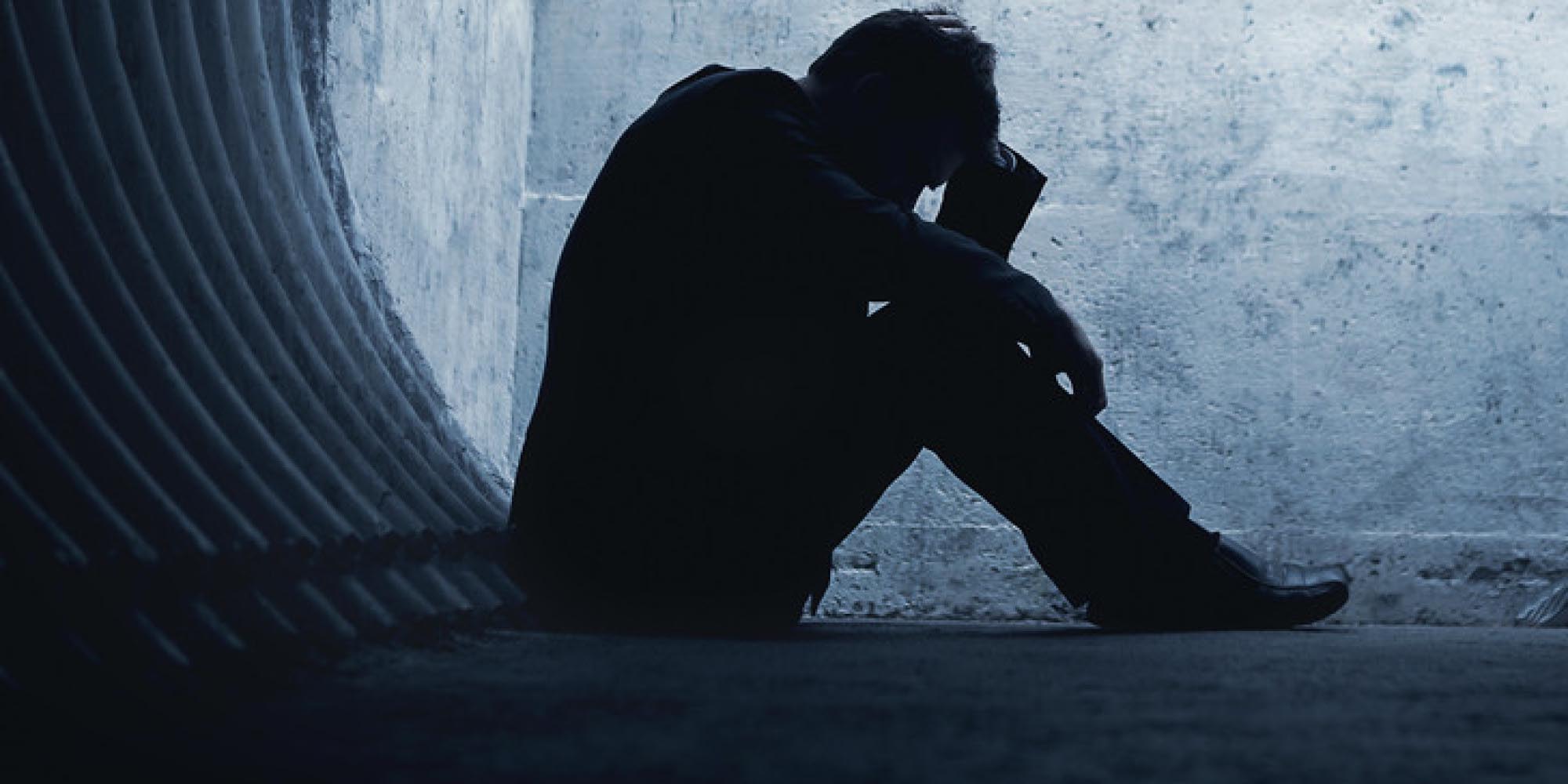Contents
This is Part 1 of 6 in “How to Understand Your Body’s Messages” Series. Read ahead for Part 2 (The Respiratory System) or Part 3 (The Cardiovascular System) or Part 4 (The Nervous System) or Part 5 (The Digestive System) or Part 6 (The Immune System).
Understanding your body is the very first step to cultivate a healthy and fit lifestyle. You will find it a blessing in times of catastrophe if you learn to understand the warning signs of your body better and keep a better check on your health. Once you learn to do a little maintenance here and there, you’ll find that most of your body’s major systems are built to withstand the long haul.
Form a few healthy habits, learn a couple of mechanical skills, and run some regular self-checks, and you’ll help ensure that your most critical systems are primed for as long a mission as you are.
So read on for a system check of your body’s skeleton and its maintenance plan.
1. The Skeleton the Breakdown Chances:
Without its structural 2-by-4, our body would be no more than an amoebic blob. Many millions visit a doctor an year as a result of broken bones, sore joints, pulled muscles, and other muscle skeletal ailments. So knowing, how much is it likely to breakdown will help keep your skeletal ailments in check.
1.1. Osteoporosis:
Men over the age of 50 are at least 10 times as likely to suffer an osteoporosis fracture as they are to develop prostate cancer[1]. Without some intervention, you could lose an average of 1 percent of your bone mass each year starting at around age 40.
1.2. Arthritis:
Fourteen million American men have arthritis [2] —that’s roughly 10 percent of Americans.
1.3. Fractures:
The average guy will suffer two broken bones over the course of his life. For men between the ages of 18 and 44, the ankle is the spot to watch out for one-quarter of all fractures in that age group occur there.
2. The System Check for Skeletal / Muscle Ailments:
Walk for 3 miles at a brisk pace. If you finish in less than 45 minutes and without pain, swelling, or stiffness in your joints, your bones and joints are doing just fine.
3. The Maintenance for Skeletal / Muscle Ailments:
3.1. Stretch Your Workout
The best exercises for maintaining healthy joints are weight-bearing exercises, such as running. Studies have found no evidence that long-distance running damages joints that have never been injured. But be sure to stretch first. It’s critical, to keep muscles from tightening up and causing tendon problems.
3.2. Come Down Easy
Men who have injured a joint are more likely to develop arthritis in that joint. Joints work because they have two perfectly smooth surfaces that cycle against each other. But if injury causes an irregularity in one of those surfaces, then the constant movement wears it down like sandpaper. Before long, it hurts to move.
To make your games safer on joints, protect vulnerable areas—your ankles, ham-strings, and lower back—with braces and compression shorts. Avoid sharp cuts, which are hard on your knees, in favor of wide turns that take three or more steps. And always jump and land with both feet, keeping them shoulder-width apart, to reduce the risk of twisting an ankle. If you’ve been injured, consider trading in that backboard for a kick-board. Swimming is one of the best exercises for sore or previously injured joints because it’s low-impact (there’s no pavement to pound) and it makes all the joints in your body work together in a smooth and controlled way.
3.3. Have Milk
Many men don’t take in the recommended 1,000 milligrams a day of calcium, even though it could prevent as many as half of all osteoporosis fractures. You can get 1,000 milligrams of calcium in three glasses of milk or 3 cups of yogurt a day. Or take a calcium supplement, and be sure you also get enough vitamin D, which is critical to your bone’s absorption of calcium. One way to do that is to spend a few minutes out in the sunlight every day.
Satisfied? Is that the word? Sure you would be, but we say, this is not just to what it takes to takes to understand your body, read on for getting acquainted with some more tips we got in store for you in the next part of the series.
References: [1] Clin Interv Aging. Management of osteoporosis in the aging male: Focus on zoledronic acid. 2009; 4: 289–303, Published online 2009 June 29. [2] Lawrence RC, Helmick CG, Arnett FC, Deyo RA, Felson DT, Giannini EH, Heyse SP, Hirsch R, Hochberg MC, Hunder GG, Liang MH, Pillemer SR, Steen VD, Wolfe F. Estimates of the prevalence of arthritis and selected musculoskeletal disorders in the United States. Arthritis Rheum. 1998 May;41(5):778-99.







Comments are off this post!